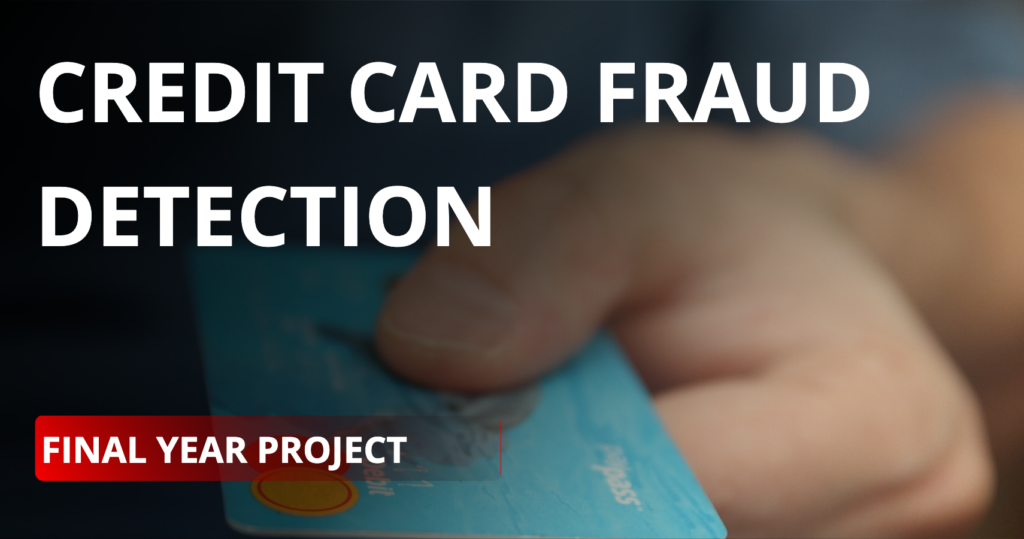Digital transactions, the escalating threat of credit card fraud necessitates innovative solutions. This article delves into the intricacies of a groundbreaking final year project – the “Credit Card Fraud Detection Final Year Project.”
As online transactions surge, the risk of credit card fraud intensifies. Cybercriminals employ sophisticated tactics to exploit vulnerabilities in payment systems, making fraud detection a critical concern for individuals and businesses alike.
PROJECT MART - College Project Service
For help with an academic project, text right now.
SOURCE CODE
The Vision Behind the Project
Crafting a Shield Against Fraudsters
The “Credit Card Fraud Detection Final Year Project” aims to create an advanced system that not only detects but proactively prevents credit card fraud. By leveraging cutting-edge technology, the project seeks to stay one step ahead of evolving cyber threats.
Project Components
1. Data Encryption Algorithms
To fortify the security of sensitive information, the project incorporates state-of-the-art data encryption algorithms. This ensures that even if unauthorized access occurs, the data remains indecipherable.
2. Machine Learning Integration
Harnessing the power of machine learning, the project employs predictive modeling to analyze transaction patterns. This enables the system to identify anomalies and potential fraud with remarkable accuracy.
3. Real-Time Monitoring
The project’s real-time monitoring feature ensures immediate response to suspicious activities. Swift intervention minimizes potential damage and reinforces the system’s resilience against fraudulent attempts.
Conclusion
In conclusion, the “Credit Card Fraud Detection Final Year Project” stands as a beacon of innovation in the ongoing battle against cyber threats. As the digital landscape evolves, so must our defenses. With Steric’s support, this project takes a significant stride forward, promising a more secure future for digital transactions.








